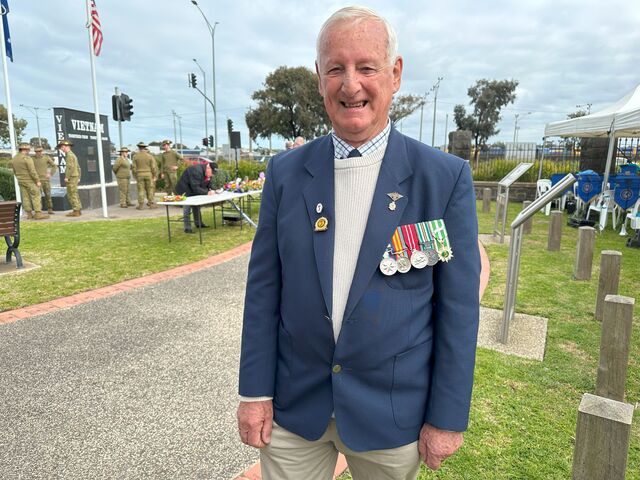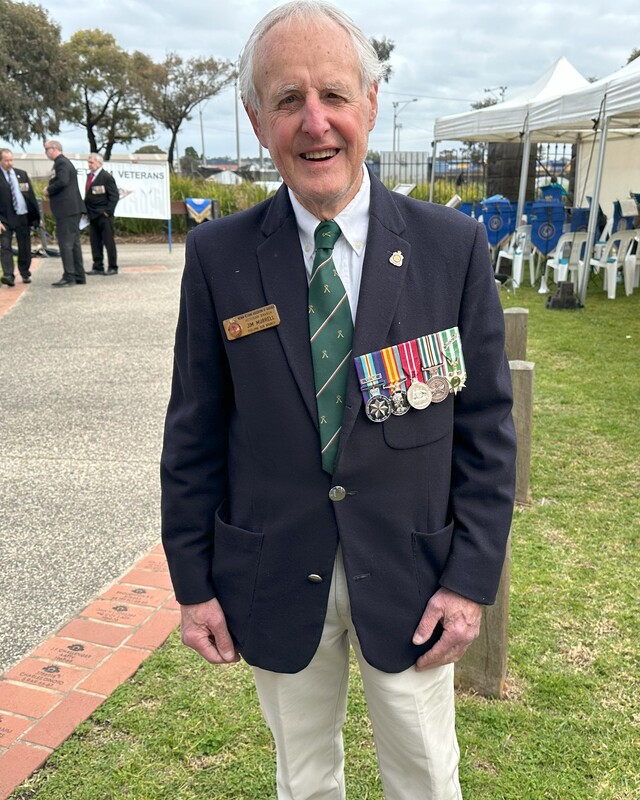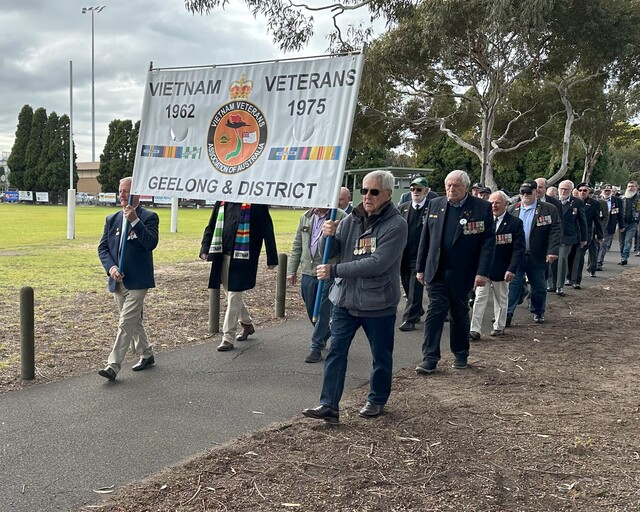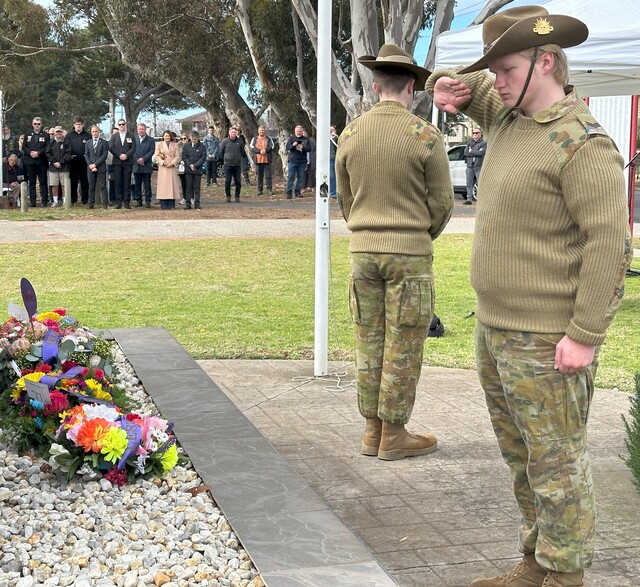Australian forces joined the fight during the Vietnam War over six decades ago, with many men being called up by the government to serve their country. With the country honouring Vietnam Veterans Day on August 18, Jena Carr speaks with veterans about the day’s importance.
Jim Murrell and Les Fuller were young men in their 20s who were called upon to fight for their country in Vietnam.
When Australia first got involved in the Vietnam War in 1962, many men were compulsorily enlisted to serve in the armed forces.
Jim was conscripted in 1968 and served six months in Vietnam before he was injured and returned to Australia.
“As national servicemen, we didn’t put our hand up and volunteer… (but the government) gave us a bush hat and a gun and sent us off to Vietnam at 21,” he said.
“I only lasted six months before I was wounded, so I came back here, and they glued me together at the hospital, but I still had six months to serve.
“So, I went to Victoria Barracks and, along with two officers and myself, we formed the ceremonial department.
“We were responsible for informing families of their sons or fathers being killed or wounded, and we then organise the funeral, do the funeral and then follow up with the public relations.
“So, killing people in Vietnam and then burying our own blokes; that was my two years.”
Les was called up to serve a year later in 1969 and said the sacrifices and challenges of everyone who fought formed the nation’s history.
“I never had much interest in politics, but I do now realise what a politician can do to your life,” he said.
“If you didn’t turn up, you had one option: go to jail or attend and then, if you were fit enough, they trained you up and only the fittest of the fittest went to Vietnam.
“That was their biggest mistake because they sent 50,000 men over there and they knew they were all fit, but they didn’t come home that way.”
Vietnam Veterans Day on August 18 recognises the anniversary of the Battle of Long Tan, one of the most significant conflicts for Australians who served during the Vietnam War.
Jim said the day was an important time for surviving veterans to remember their friends and comrades who had died during or after the war.
“During Vietnam Veterans Day, as it is with most vets, they think of their mates and particularly those that didn’t come back or those that have died since,” he said.
“For me, I wake up every morning, I take a breath of fresh air, I kick my legs over the side of the bed, I throw open the curtains, and I look up into the sky and see the two fresh-faced 21-year-old mates who were killed on either side of me.
“I say good morning to both of those blokes and for me the rest of the day is an absolute bonus; no bitching, moans, or groans, and enjoy the journey because when you live, you live in clover, and when you’re dead, the game’s all over.”
Geelong and District Vietnam Veterans Association held its remembrance march and service a day early on August 17 from 11am at the Vietnam Veterans Memorial Park in North Geelong, marking the 50th anniversary of the sub-branch’s establishment.
President David Sikorski said it was important to remember and honour the “courage, sacrifice and resilience” of more than 60,000 Australians who served during the Vietnam War from 1962 to 1975.
“59 years ago, on August 18, 1966, a company of 108 men from the 6th Battalion Royal Australian Regiment faced overwhelming odds in a rubber plantation near the village of Long Tan,” he said.
“Despite being vastly outnumbered by over 2000 North Vietnamese and Vietcong troops surrounding them, the Australian soldiers displayed extraordinary valour and determination.
“Their resilience and fighting spirit was instrumental in repelling the enemy forces, inflicting heavy casualties and ultimately securing a strategic victory.”
Guest speaker and former Returned and Services League Victoria president Dr Robert Webster was drafted and spent 12 months in Vietnam as a national serviceman (someone conscripted for compulsory military service) in 1970.
He said the changes in the Australian public’s views of the war have been “quite significant” while he was in the army.
“Service men and women are bonded together in a sense of mateship and the sense of doing the right thing by the unit,” he said.
“(There is a) mutual confidence that arises from knowing that when the bullets start flying and things get tough, your mates won’t let you down, nor would you disappoint them.
“It was coming home that surprised me… and in many ways the nashos got the rough end of the pineapple as, essentially, they got off the plane and were told to go away and forget it.”










